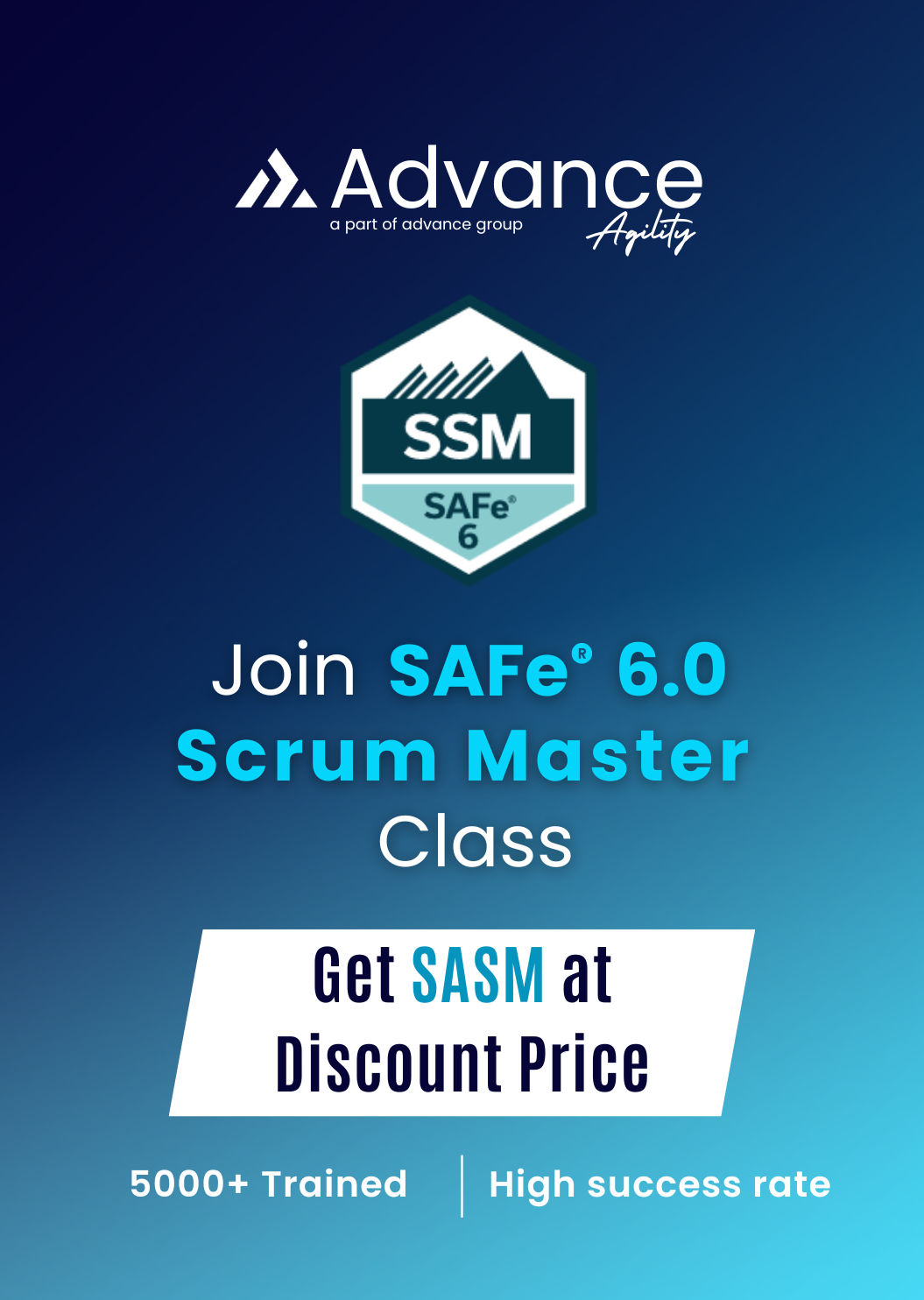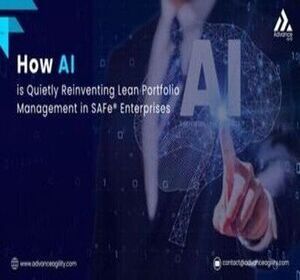How AI Is Quietly Reinventing Lean Portfolio Management in SAFe® Enterprises
Managing a large portfolio in a modern enterprise is more than complex—it’s a high-stakes balancing act. Leaders are constantly aligning strategy with execution, reacting to dynamic market demands, allocating budgets wisely, and proving value delivery—all while under pressure to “do more with less.”
This isn’t about robots taking over your PMO. This is about practical, enterprise-grade AI—intelligent tools that empower Lean Portfolio Managers (LPMs) to make faster, data-driven decisions with greater confidence and precision.
What Can AI Really Do for Lean Portfolio Management?
In the Scaled Agile Framework (SAFe®), Lean Portfolio Management is where strategy turns into execution. It encompasses aligning portfolios to enterprise goals, managing budgets, approving epics, and ensuring that value streams are focused on high-impact work.
Now imagine having AI as your co-pilot in this journey.
1. Smarter Budgeting & Dynamic Guardrails
Forget static spreadsheets and quarterly budget reviews. AI can monitor team performance, velocity, and forecasted capacity in real time—recommending proactive budget adjustments as conditions change.
Imagine receiving insights like:
- “This Agile Release Train (ART) is outperforming—consider allocating more budget.”
- “This value stream is underdelivering—time to reassess investment.”
AI removes the subjectivity and political friction from funding decisions, replacing it with continuous, data-backed guidance.
2. Funding the Flow of Value—Not Just Projects
A core shift in SAFe® LPM is moving from funding siloed projects to investing in long-lived value streams. But identifying which streams are truly delivering value remains challenging.
AI simplifies this by:
- Tracking actual value delivery using real-time telemetry.
- Correlating results with OKRs and KPIs.
- Alerting when value streams drift from expected outcomes.
This lets you shift from simply funding teams to strategically investing in value momentum.
3. Epic Evaluation—On Autopilot (Almost)
Prioritizing epics often involves tedious scoring, stakeholder debates, and extensive manual effort. AI can automate much of this process by evaluating:
- Strategic alignment
- Cost of delay and WSJF
- Risks and dependencies
- Historical outcomes of similar initiatives
AI delivers a comprehensive scorecard, surfaces gaps, and provides prioritization recommendations—acting as a trusted second opinion powered by years of enterprise data.
4. Instant Scenario Planning
“What if we reduce the budget by 10%?”
With AI-powered scenario simulation tools, you no longer need weeks of planning sessions to answer this. Instead, AI can generate multiple roadmap options instantly—along with predictions on how each scenario will impact key delivery metrics and timelines.
This level of responsiveness transforms strategic decision-making.
Final Thought: AI Is an Enabler, Not a Replacement
AI won’t replace Lean Portfolio Managers. What it will do is eliminate the repetitive, reactive, and biased aspects of the role. It enables leaders to focus on what truly matters:
- Are we investing in the right outcomes?
- Are we learning and adapting quickly?
- Are we maximizing enterprise agility?
In the world of SAFe®, true agility is measured by how quickly your portfolio can pivot—not just how fast teams run sprints. AI is proving to be one of the most powerful enablers of this strategic agility.
The question isn’t whether you’ll adopt AI in Lean Portfolio Management—it’s how soon you’ll start.
view Count
43



